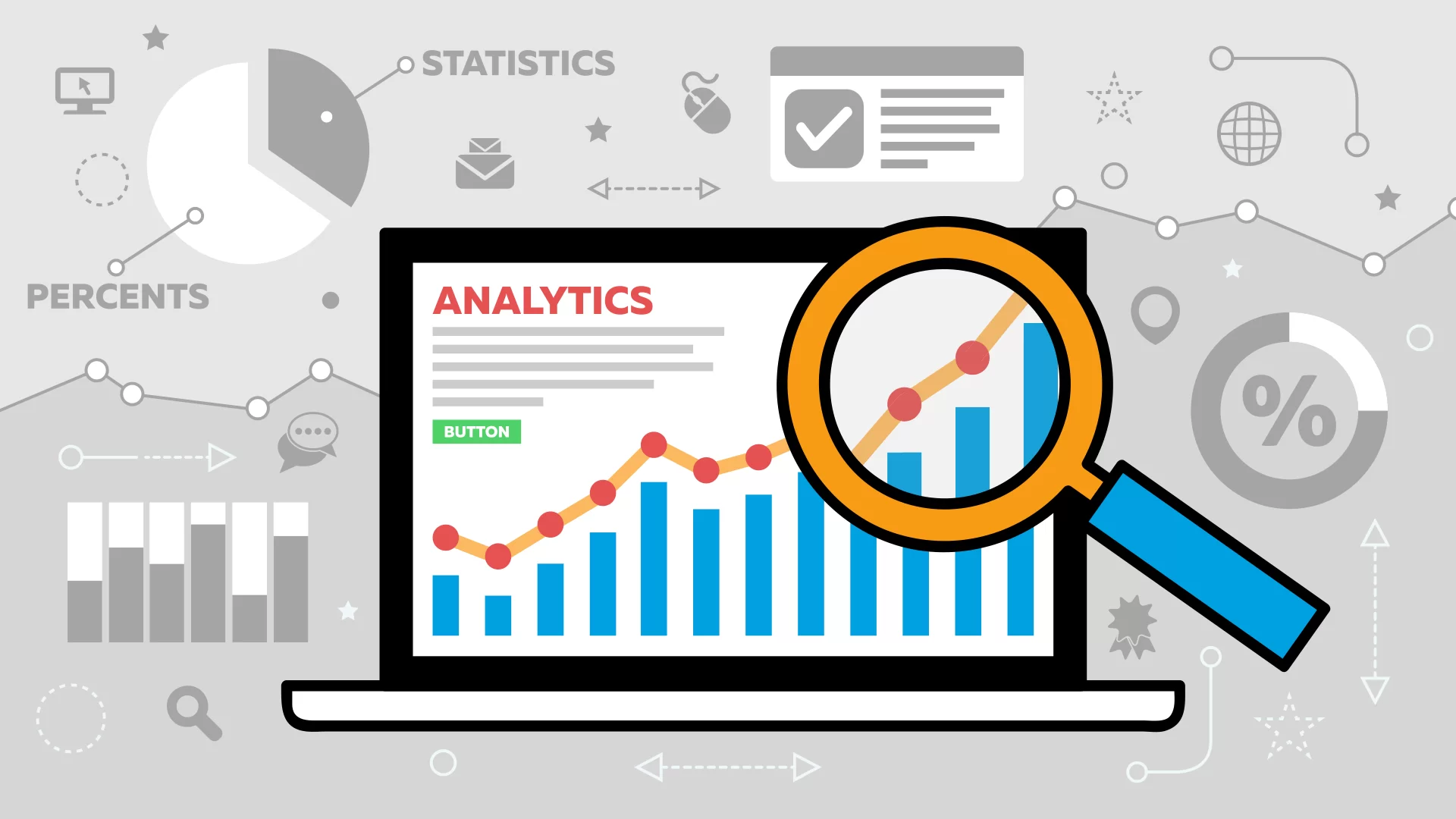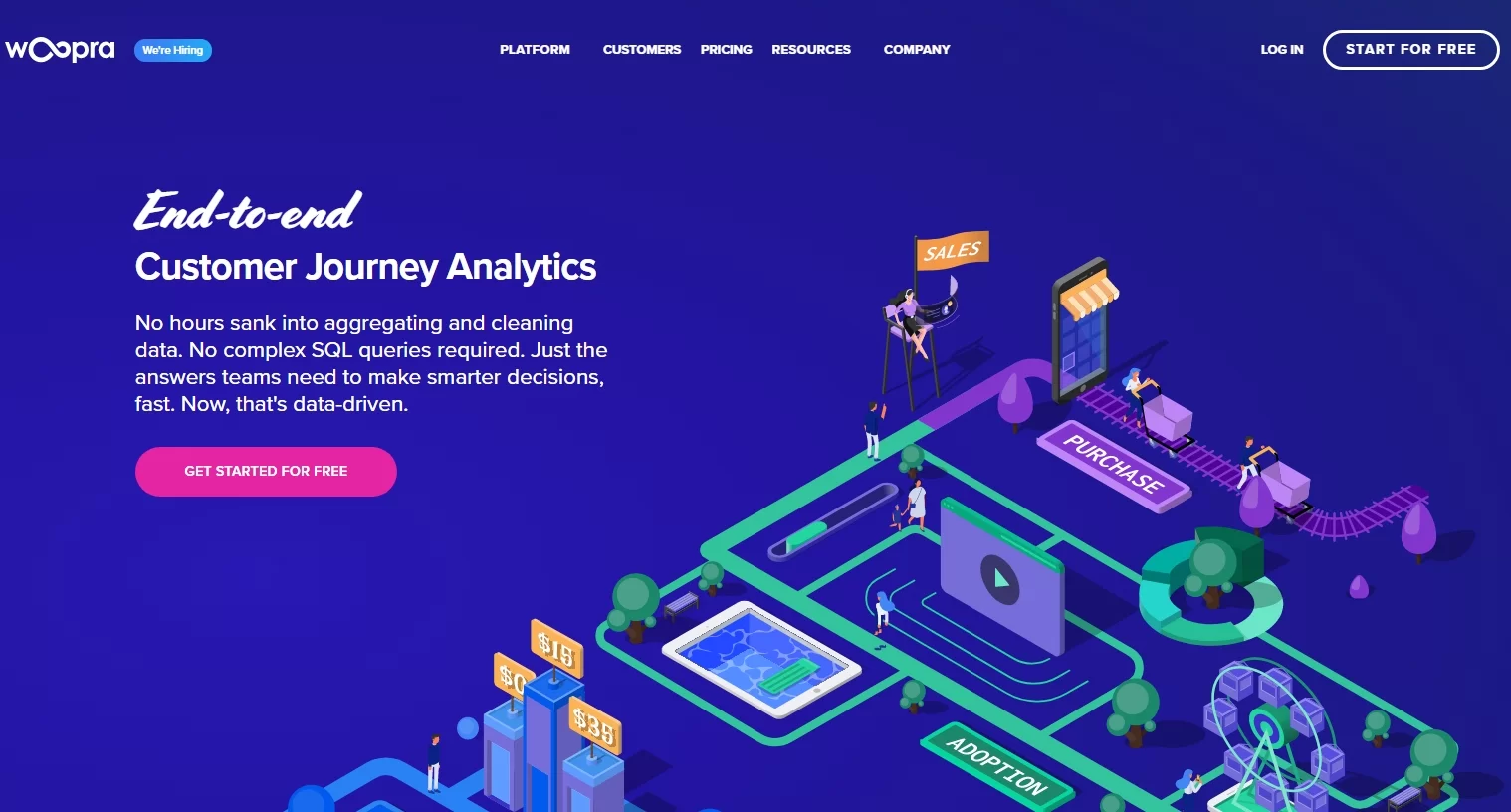By conducting your website analytics, you can measure the Lifetime Value (in short LTV) for users acquired through your different analytics channels. The LTV Report lets you understand how valuable different users are to your business based on lifetime performance.
Basically, LTV is an estimate of the average revenue that a customer will generate throughout their lifespan as a customer. This ‘worth’ of a customer can help determine many economic decisions for a company. Including marketing budget, resources, profitability, and trade forecasting. It is a key metric in subscription-based business models, along with MRR (Monthly Recurring Revenue).

Monthly Recurring Revenue, commonly abbreviated as “MRR” is all of your recurring revenue normalized into a monthly amount. It’s a metric usually used among subscription and SaaS companies. Recurring revenue is the lifeblood of any Software-as-a-Service (in short SaaS). It’s what makes building a SaaS so appealing.
You don’t have to worry about one-off sales that may or may not return. If you’ve got a solid product, they automatically return. In general, it’s a straight forward metric, but there are some nuances that you’ll want to take into consideration depending on your business model. You can read more here or even learn about how to calculate LTV.
What is Website Analytics?
Website Analytics is the method used in collecting and analyzing what’s happening on your website. While covering everything from what your visitors are doing, where they come from, what content they like, and a whole lot more. In short, it provides you with the actual reports and analytics on how your site visitors behave once on your website.
By using a web analytics tool to collect data, you’ll be able to know what is and isn’t working, and then steer your website in the right direction. You get information like who your customers are. Based on their age, gender, location, etc. As well as how they landed on your site (traffic source), the most popular content on your site, your total conversions, and so on.
With this information in hand, you can plan fully informed business strategies and grow your business faster. You can see lifetime value for users you acquired through email or paid search too. And with that information, you can determine a profitable allocation of marketing resources to the acquisition of those users.
Additionally, you can also compare the lifetime values of users acquired through different methods. For example, you can compare users acquired through organic search and users acquired through social. Or even compare social to email, to see which method brings the higher-value users.
Which are the Best Website Analytics tools?
These are web tools that offer an easy and inexpensive (sometimes free!) way to know everything about your website. Keeping in mind, trying to understand your Web visitors can be a bit, well, confusing. Simply, because each individual visitor brings his own set of data that has to be collected, measured, analyzed, and reported.
If you don’t know what you’re looking at, it can feel a bit like being handed a Rubik’s Cube. Luckily, there are plenty of tools out there that can turn all of that collected information into an easy-to-understand report. Giving you much-needed insight into your unique website visitors.
When you are armed with this knowledge, you get to see how effective your website is and what changes you need to make in order to make it even better. The higher your website conversion rate, the more money you stand to make. One good example of such a tool is Google Analytics.
1. Google Analytics
Google Analytics is one of the best free tools that any website owner can use to track and analyze data about Web traffic. You get to see what keywords are bringing the most visitors to your pages and what aspects of your designs are turning them off.
This tool will generate a report for your website that includes information about visitors, traffic sources, goals, content, and e-commerce. The downside of Google Analytics is that it can take time to update. (The real-time version is still in beta testing.) There are other tools that offer real-time updates of your data now.
2. Spring Metrics
Spring Metrics has taken the analytics tool and made it simpler. Whereby, you don’t have to be a professional data-miner to get the answers to your questions. You get real-time conversion analytics, top converting sources, and keyword analytics. As well as, landing-page analysis, eMail performance reports, and simple point-and-click configuration.
Unlike Google Analytics, Spring Metrics tracks a visitor’s path through your website from the time he landed to the time he left. All of this is included in Spring Metrics’ Standard Plan for $49 a month. When you first sign up, you get to try it free for 14 days. The simplicity of this tool has a lot of website owners switching over from Google Analytics.
3. Woopra
Woopra is another tool that offers real-time analytics tracking, whereas Google Analytics can take hours to update. It is a desktop application that feeds you live visitor stats. Including where they live, what pages they are on now, where they’ve been on your site, and their Web browser.
And by all means, you also have the ability to chat live with individual site visitors. This can be a great feature for your e-commerce site to interact with customers. Woopra offers a limited freebie plan as well as several paid options.
4. Clicky
Clicky also offers a free service if you have only one website and a Pro account for a monthly fee. Whereas, you get real-time analytics. Including Spy View, which lets you observe what current visitors are doing on your site.
In addition, its dashboard is simple to use and presents all the information you want to see clearly. They also have a mobile version that makes it easy for you to check your stats anywhere.
5. Mint
Mint is an analytics tool that is self-hosted and costs $30 per website. You get the benefit of real-time stats, which you don’t get with the free Google Analytics.
Additionally, you can track site visitors, where they are coming from, and what pages they are viewing. And Peppermill, a part of Mint, lets you make any adjustments to make it more compatible for your use with tons of free add-ons.
6. Chartbeat
Chartbeat lets users get the most from their data with instant information. They keep a constant watch on your visitors and what they are doing on your website.
This gives you the information you need in order to make the adjustments necessary to your content or design. Not to mention, you’ll get a free month usage when you sign up. Afterward, the plans start at $9.95 per month.
7. Kissmetrics
Kissmetrics is another analytics tool that allows clients to track the movements of individual visitors throughout their websites. You can see how behaviors change over time, identify patterns, and see the most typical and recent referrers, among other stats.
It offers a “Timeline View” of visitor activity in an easy-to-understand visual format. You can try this service for free for 30 days. Plans start at $149 a month, depending on how many events are tracked.
8. UserTesting
UserTesting.com is a unique way to gather information about site users. You are paying for a group of participants of your choosing to perform a set of tasks on your site. The user and his activity will be recorded on video.
In about an hour, you will have your feedback. You get to hear the actual thoughts of users in your target demographic. The cost is $39 per participant you choose. After all, you may choose anywhere from 1 to 100 testers.
9. Crazy Egg
Crazy Egg uses the power of Heatmap technology to give you a visual picture of what site visitors are doing on your Web pages. It shows you where people are moving their mouse on the page and where they click.
There is a link between where people put the mouse and where they are moving their eyes. So, this kind of tracking helps you see what areas are catching the most attention and interaction from users. There is a free one-month trial with this service, and prices start at $9 month for 10 Heatmaps.
10. Mouseflow
Mouseflow is somewhat of a combination of UserTesting and Crazy Egg. You can see a video of users interacting with your website, including every mouse click and movement, scrolling, and keystrokes.
You also get to view heat maps from different time periods so that you can see the effect of changes that you make on your page. Pricing varies depending on how many sites you want to cover and how many sessions you want. For a single site and up to 100 recorded sessions, there is no cost. Over that, prices start at $13 a month.
Takeaway,
Surprisingly, like any business, whenever you use a website analytics tool, you want to keep track of the level of user interest. Furthermore, if the numbers are consistently in line with your expectations, you’ve found your sweet spot.
However, if the numbers are relatively below the expectations, you’ll need to reevaluate your marketing efforts. In this case, to see whether you’re targeting the appropriate audiences. And also, whether your ads are winning auctions. You can also look for any negative press or social content that might affect traffic.
Even if all the marketing and social buzz are positive, you may be creating technical hurdles for your users with your site or app design. In cases where you have a lot of 1-Day Active Users but the numbers drop off for long term users, consider it a huge signal to you.
You can consider things like problems with your new product or app release. Or rather, the initial enthusiasm isn’t translating into long-term user engagement. Also, generally speaking, lots of users might be downloading an app, yes, but they are finding that it doesn’t really meet a need they have. Even so, that it doesn’t capture their interest.
Related Topics;
- YouTube Advertising | 5 Benefits of Using Video Ads
- Landing Page | A Beginner’s Guide for SEO Webmasters
- Google Ads | Get More Customers With Online Advertising
- Page CTR | How to Increase your AdSense Click Rates
- Marketing Leads | How Do You Generate Conversions
Please Note; As I explained to you earlier, a good website conversion rate matters a lot to all webmasters out there nowadays. And there are a number of site optimization tools that are the fuel that keeps the topmost and profitable websites alive business-wise.
For one thing, every site conversion represents either a direct revenue or future revenue leads. And in general, the higher your website conversion rate, the more money you stand to make. On that note, trying to understand your website visitors can be a bit, well, confusing.
Simply, because each individual visitor brings his own set of data that has to be collected, measured, analyzed, and reported. If you don’t know what you’re looking at, it can feel a bit like being handed a Rubik’s Cube. Luckily, there are plenty of website conversion rate tools out there that can turn all of that collected information into an easy-to-understand report that.
While giving you the much-needed insight into your unique website visitors. You can check out some of our examples here.





